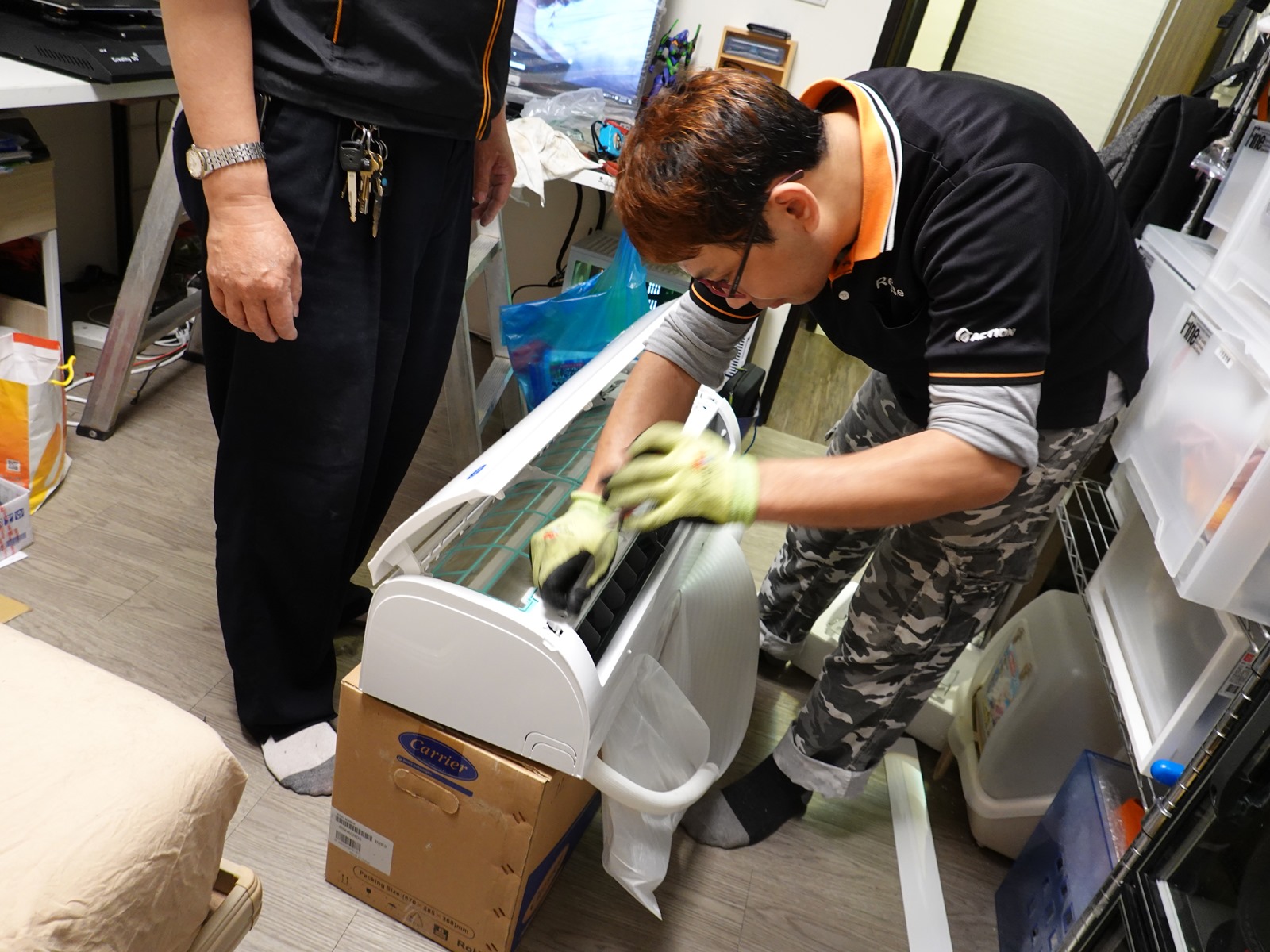Adopting Sustainable Construction Practices in Industrial Settings
페이지 정보
작성자 Emma 작성일25-10-18 06:37 조회2회 댓글0건관련링크
본문

Transitioning to green building protocols in factories and warehouses is now a critical imperative for long-term viability, budget control, and regulatory alignment
Factories and industrial complexes have long consumed massive amounts of energy and inflicted significant ecological harm
however, strategic interventions can transform them into benchmarks of resource optimization and ecological accountability
The initial action should involve a full-scale energy evaluation to uncover areas of unnecessary consumption
This often reveals opportunities like outdated lighting systems, poor insulation, or inefficient HVAC equipment
Replacing incandescent and fluorescent lights with LEDs, adding intelligent climate controls, and improving air sealing deliver fast, measurable reductions in power demand
Managing water usage is equally vital
Although industrial workflows demand substantial water inputs, adopting closed-loop systems, low-flow nozzles, and effluent reuse can dramatically cut consumption
Rainwater harvesting and permeable pavements can also help manage stormwater runoff and reduce strain on municipal systems
Materials selection matters too
Using recycled metals, zero-VOC coatings, and responsibly harvested timber in support spaces lowers emissions, waste, and toxic exposure throughout the facility’s lifecycle
Incorporating renewable energy is a transformative element of modern industrial sustainability
Mounting photovoltaic arrays on facility roofs or deploying small-scale wind generators can drastically reduce dependence on conventional electricity
Many enterprises enter into renewable energy contracts with regional providers to guarantee 100% clean electricity supply
Technology alone isn’t enough—workplace culture and routines must evolve
Establishing robust maintenance routines extends equipment life and 家電 修理 reduces waste, while ongoing training empowers workers to adopt energy-saving practices like shutting off systems during downtime and reporting inefficiencies without delay
Programs like LEED for Industrial Facilities and ISO 50001 deliver systematic approaches to track, verify, and enhance environmental performance
They enable quantifiable targets, transparent reporting, and enhanced credibility—key factors in winning over eco-minded customers and impact-focused investors
Exploring state-funded incentives, federal tax breaks, and utility-sponsored programs can dramatically reduce the upfront investment required for green upgrades
The enduring gains are substantial and multifaceted
Reduced utility bills, improved worker health from better air quality and lighting, and enhanced brand reputation all contribute to a stronger bottom line
More importantly, reducing emissions and resource consumption helps protect the environment for future generations
The goal isn’t flawless sustainability, but steady, intentional improvement
Every upgrade, no matter how small, adds up to a more sustainable future
댓글목록
등록된 댓글이 없습니다.

